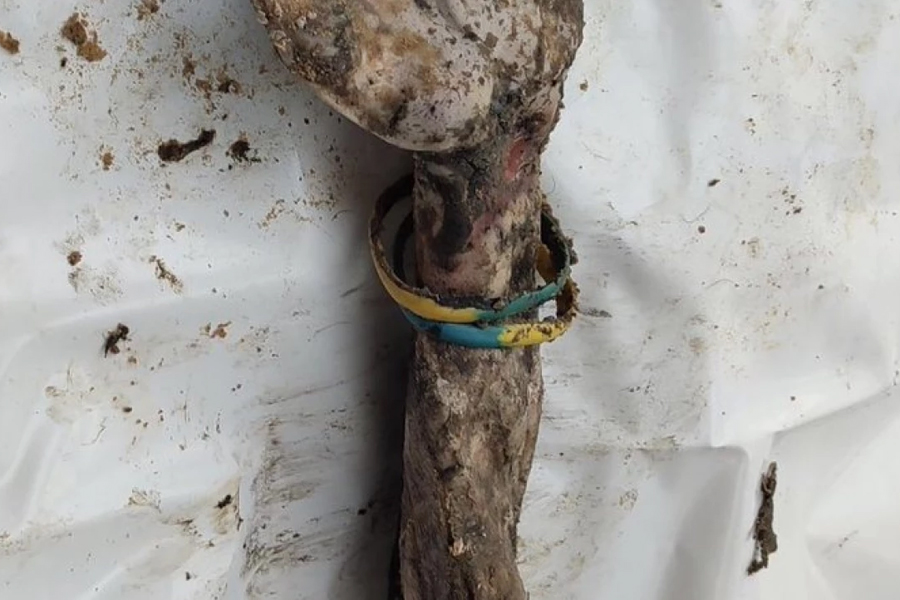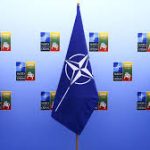According to official data, as of October 2023, 28,000 people are considered missing due to the war. If there is a suspicion that a person has been found among the dead, families have to go a long way to identify the body and take it.
Sometimes, the search process lasts months and years. The news that a body has been found often becomes a repeated grief for the family and the end of hope for the return of a loved one.
Search for bodies
The first stage is the search for bodies. In case of death on the battlefield, the body is taken away by other soldiers or medics, but in “hot spots,” this is not always possible. Sometimes, they try to return for the bodies again, but if the territory is occupied, then this has to be abandoned.
In this case, official exchanges between the parties come into force. As a rule, Russia is in no hurry to participate in them. That is why the return of bodies can take months and years.
There is a separate project of the Ministry of Defense, “Evacuation 200”, which officially performs three functions:
– searching for the dead;
– exhumation;
– evacuation of bodies and transfer for examination.
From August 2022, “Evacuation 200” was called “On the Shield”. This is a transformed part of the All-Ukrainian public organization “People’s Memory,” which performed the same functions during World War I and II. Now, their work is coordinated by the Civil-Military Cooperation Department of the Armed Forces of Ukraine.
Work at the places where the dead were last seen is carried out as follows:
– sappers are the first to examine the area and clear it of explosives if necessary;
– then earthworks are carried out, and the radius can vary from a few meters to several hundred meters.
Searches do not always yield results.
Identification
For identification, a DNA examination is carried out. Sometimes, you have to wait several months to get a result with a probability of 99.9%. To carry out, you need not only a sample of the deceased’s tissues but also one of the relatives – parents or children, with whom the DNA is compared.
There are usually two examinations: basic and comparative. They are preceded by the appeal of relatives to the police at the place of residence and the filing of a search warrant. Then, a criminal case is opened, after which the blood relative submits his sample for comparison. If there are no blood relatives, then the chances of identifying a person are almost zero.
Identification in Ukraine is handled by the Expert Service of the Ministry of Internal Affairs, which has only 10 divisions with full-fledged laboratories, so the load on them is very high. As of August 2023, they identified more than 31,000 bodies, and 3,000 were waiting for their turn. Foreign organizations, for example, the International Commission on Missing Persons, are partially trying to help. However, there are particular legislative difficulties because the legal framework recognizes only the data of Ukrainian institutions, so now they are trying to change it.


